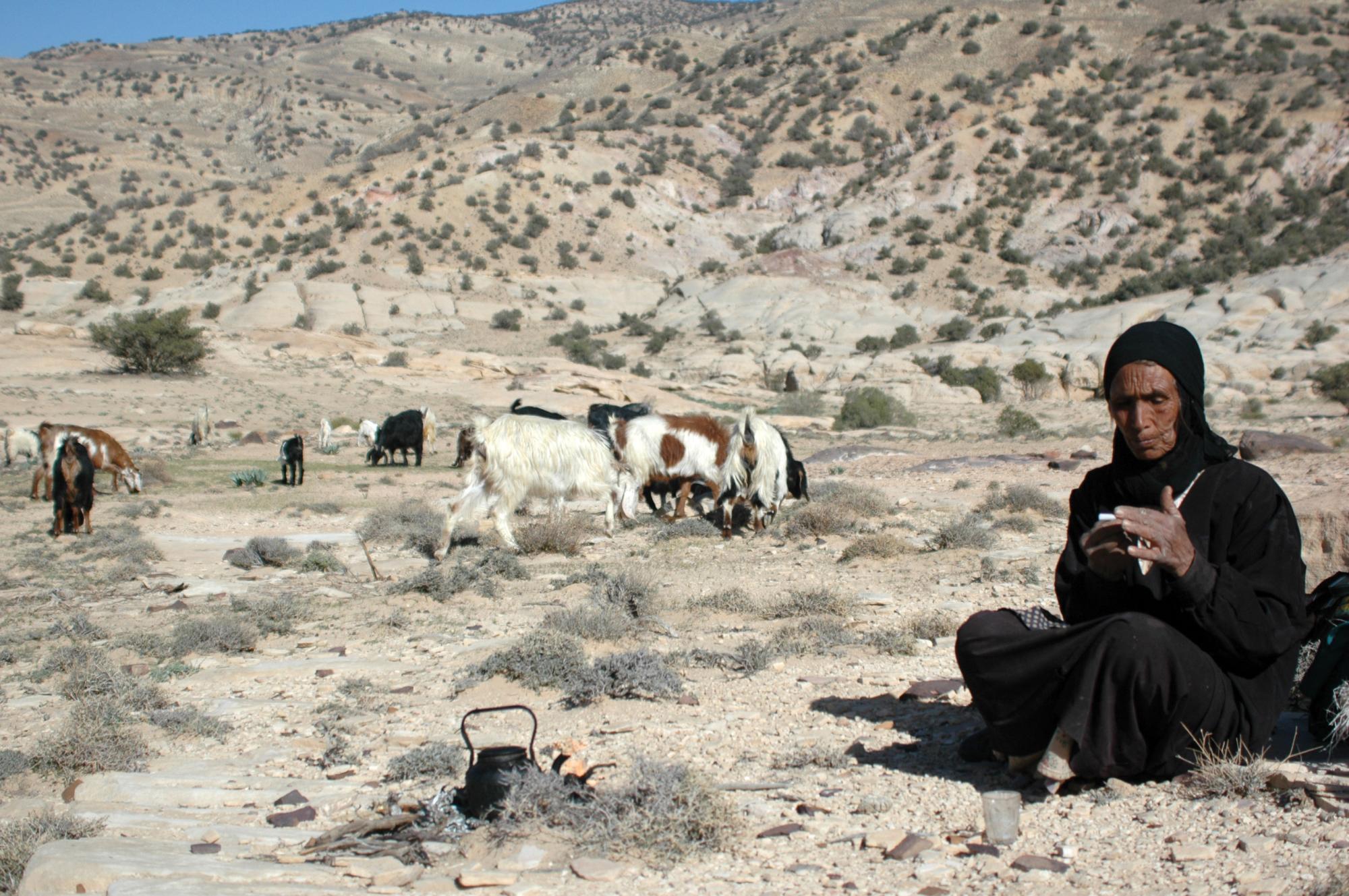Desert Land

The Old Testament often links God with this region and in specific at Sier. The prophet Isaiah, for instance, tells us that when God speaks to him, "he calleth to me out of Seir" (Isaiah 21:11). The prophet Ezekiel, for instance, tells his followers to "set thy face against Mount Seir' (Ezekiel 35:20).
Deuteronomy 33:2 is even more specific. When Moses is dying he calls upon the Lord to bless the children of Israel and "the Lord came from Sinai and rose up from Seir unto them". This is evidence that God was thought to reside in Seir. And it seems that this region was also sacred to the Egyptians, known as the Land of punt.












Rami has been studying the Bedouin Shamans among the Nomadic Bedouins of South Jordan for many years. His studies of certain Shamanic/Spirit Desert Plants provided him with a deep understanding of an ancient spiritual science that had been used in rituals and medicinal practices by many ancient cultures.
Rami's ethnobotanical investigation was key in identifying the roll of some plants that has have been mentioned in the Bible, such as The Acacia Tree that has been associated with The Midianites. The Acacia tree is source of (DMT), a molecule found in nearly every living organism and considered the most potent mind altering plant substance on Earth. The ancient tradition of Arabia suggests that the goddess or deity Al- Uzza (Hebrew 'Asherah) resides in the Acacia tree.
Another important plant that was identified in the investigation was the liquid Myrrh that was a main ingredient for the anointing oil that Moses was asked to prepare before the tent of the meeting. And it seems that the Nabatean and the Essence became later involved in the production of such sacred substance.
The liquid myrrh seems to be a substance that comes from the Fig, the Sycamore, and The Mysterious Balsam Tree all containing a white milky substance that was associated with the cow-headed goddess of ancient Egypt "Hathor, Mistress Of The Shepherds” A nomadic mother-goddess who was mistress of the shepherds and her altered state of consciousness which seems to arose at the time of animal domestication and shepherding.
The early cultures were on an exceptionally higher order of refinement and sophistication in Plant Pharmakopia, Herb craft, and Alchemy than modern scholars acknowledge.They seem to have understood the startling effect of mind-altering plants. They viewed these plants as places where divinities reside, and thus used them in religious ceremonies, initiation rites and healing. Read: The Esoteric Nabateans Mystery at Petra
If we look at most ancient histories and legends, they all share a common theme: a material or substance imbued with magical properties. The ancient legends spoke of the Elixir of Life, the Manna, and the Philosophers’ Stone. These substances have been associated with other ancient mysteries, like the Fountain of Youth and the Ark of the Covenant. They were often also associated with miraculous healing properties and mystical abilities.
The ancient Egyptians had their mysterious substance named "shem-an-na," which the Book of the Dead refers to as "what is it". The shem-an-na was called both “bread and gold,” and was presented in a cone-shaped loaf as an offering to the gods. The Serabit El-Khadim, The "Mfkzt" at Sinai The ancient Egyptians also made it into conical cakes. The Pharaohs ritually ingested the Shem-anna, which was revered as the food of the 'light body' (the kA). It was reckoned to heighten general aptitudes for leadership, such as awareness, perception and intuition.
There are many biblical references to a fine flour-like substance appearing to Moses in the morning around the mountains in Sinai. Moses referred to it as "Bread." This bread was also called Manna because of its unknown origin. The word Manna is said to derive from the Aramaic origin of the word “man hu“, which translates to “What is this?” And in Modern Hebrew, Manna literally means “What is it?”
The Manna was added to the “bread” taken by the high priests, Judges and kings. Processing the Manna from nature was at the heart of desert mystery traditions in the Sinai and North West Arabia. Read: The Red Edomites & The High Place
It seems from our investigations that Manna is the name given to the substance found in the soil and rocks that contains precious metals in a non-metallic form. Such elements include the light platinum group and few non-precious elements, like copper. Plants that grow naturally on these rocks and soils contain traces of this material.
What do these substances have in common? What are they composed of? How were they utilised, and what purposes did they serve? How does modern scientific discovery help us in understanding these ancient mysteries.
It is not important for us to take this material, but it is important to know about its dynamics, its effect on humankind, and its vast potential in industrial and medical applications. The future of this substance to correct damaged DNA has outstanding implications for the future of health and medicine.
This work explores these questions. It aims to inspire those capable of recognising the significance of this knowledge, and its vast potentials.
